Potager vs. Cottage
gurley157fs
18 years ago
Related Stories
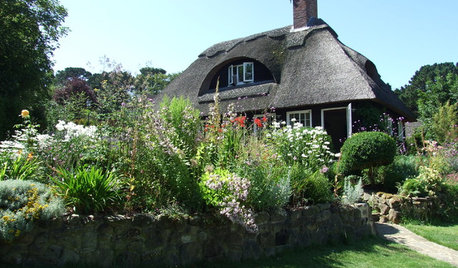
INSPIRING GARDENS12 Storybook Cottage Gardens
If you want a bewitching cottage garden but aren’t sure where to start, these ideas will get you planting in no time
Full Story
GARDENING GUIDESVegetables and Flowers Mix in Beautiful Edible Gardens
Ornamentals, meet your edible garden mates. We know you'll get along just beautifully
Full Story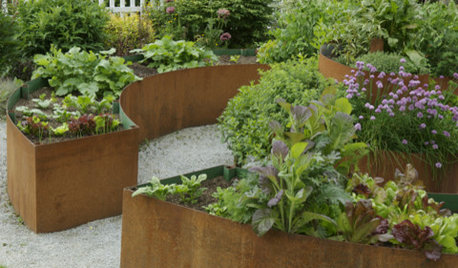
GARDENING AND LANDSCAPINGFeast Your Eyes on Edible Gardens
Gorgeous vegetables, solo or paired with ornamental flowers and grasses, make landscapes easy to swallow
Full Story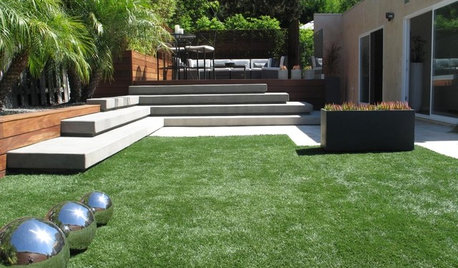
GARDENING AND LANDSCAPINGLay of the Landscape: Modern Garden Style
Bold, graphic design elements create a sense of calmness in the garden to match the serenity of contemporary homes
Full Story
GARDENING GUIDES10 Tips to Start a Garden — Can-Do Ideas for Beginners
Green up your landscape even if you're short on time, money and knowledge, with these manageable steps for first-time gardeners
Full Story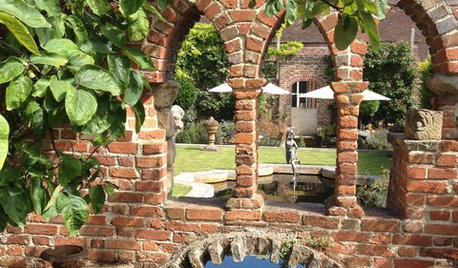
LANDSCAPE DESIGNExplore a Magical Restored English Garden
History comes alive in the gardens of a Rochester townhouse, filled with sculptural yew, a topiary parterre and an archway-draped pond
Full Story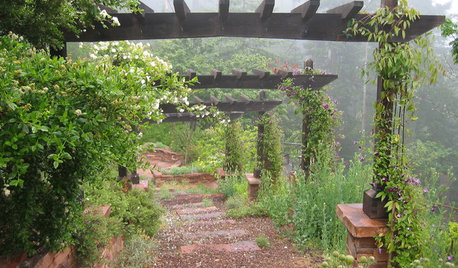
LANDSCAPE DESIGN3 Essential Elements of an Artful Garden Path
Make getting there half the fun with this insight from a landscape architect on designing a thoughtful path
Full Story
FARM YOUR YARDHouzz Call: Home Farmers, Show Us Your Edible Gardens
We want to see where your tomatoes, summer squashes and beautiful berries are growing this summer
Full Story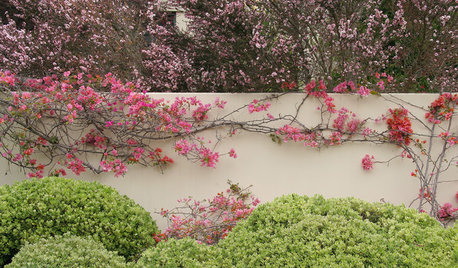
LANDSCAPE DESIGNThe Art of the Espalier
Go ahead, let limited garden space drive you up the walls. With these 6 ways to train plants vertically, it can be a beautiful thing
Full Story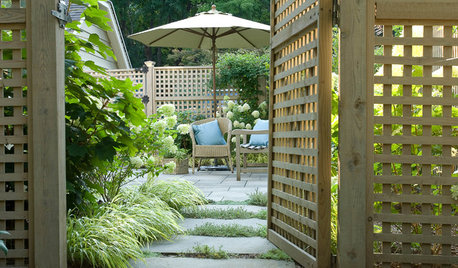
GARDENING AND LANDSCAPINGMake the Most of a Small Garden
Easier to maintain and adaptable to any home, small gardens have a charm all their own
Full Story





memo3
memo3
Related Professionals
Ballwin Landscape Architects & Landscape Designers · Rancho Cordova Landscape Architects & Landscape Designers · Belvedere Park Landscape Contractors · Danvers Landscape Contractors · Fort Mill Landscape Contractors · Inglewood Landscape Contractors · Los Banos Landscape Contractors · Palatine Landscape Contractors · Salmon Creek Landscape Contractors · Wentzville Landscape Contractors · Woodbury Landscape Contractors · Maple Heights Landscape Contractors · North Hollywood Swimming Pool Builders · Redlands Swimming Pool Builders · Sacramento Swimming Pool Buildersdayleann
gurley157fsOriginal Author
gldno1
dayleann
anicee
gldno1
angelcub
nygardener
gottagarden
todancewithwolves
dayleann
campcreek
Annie
Annie
diggity_ma